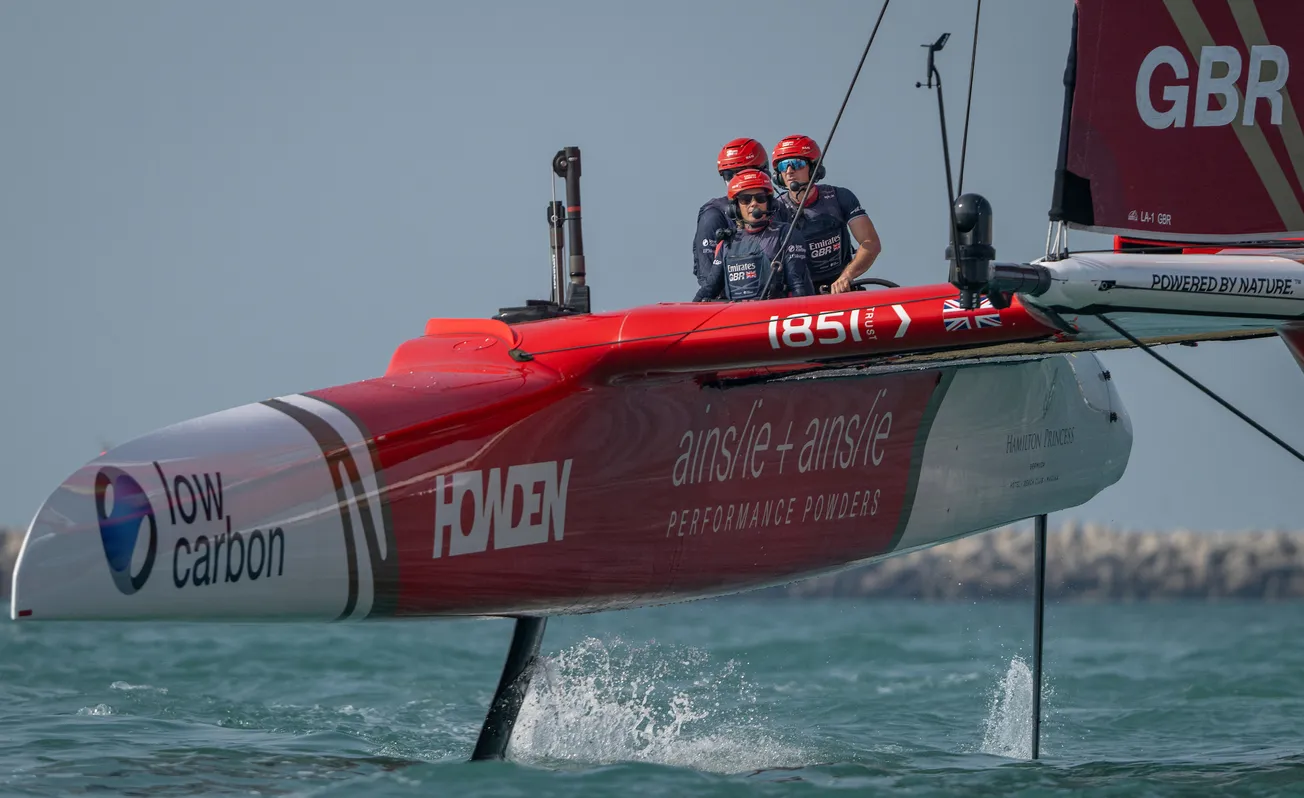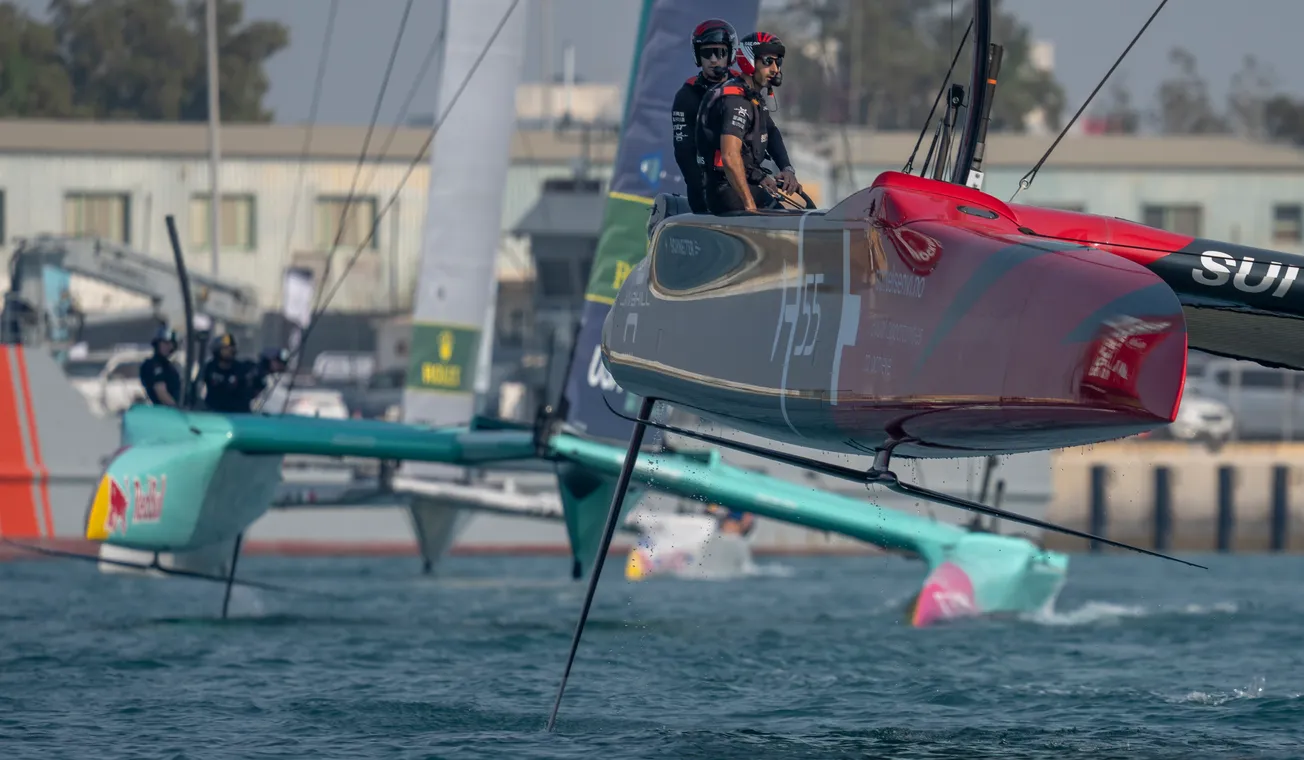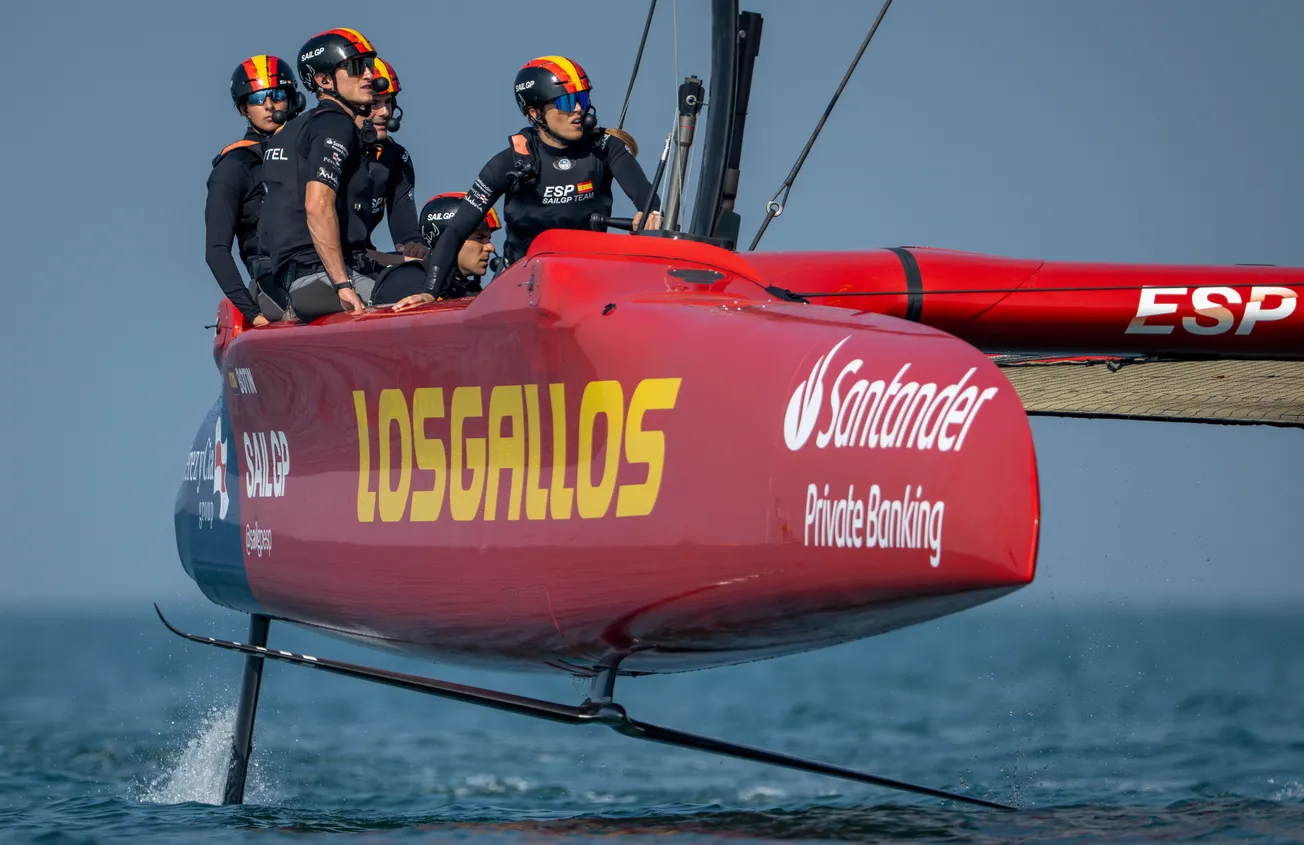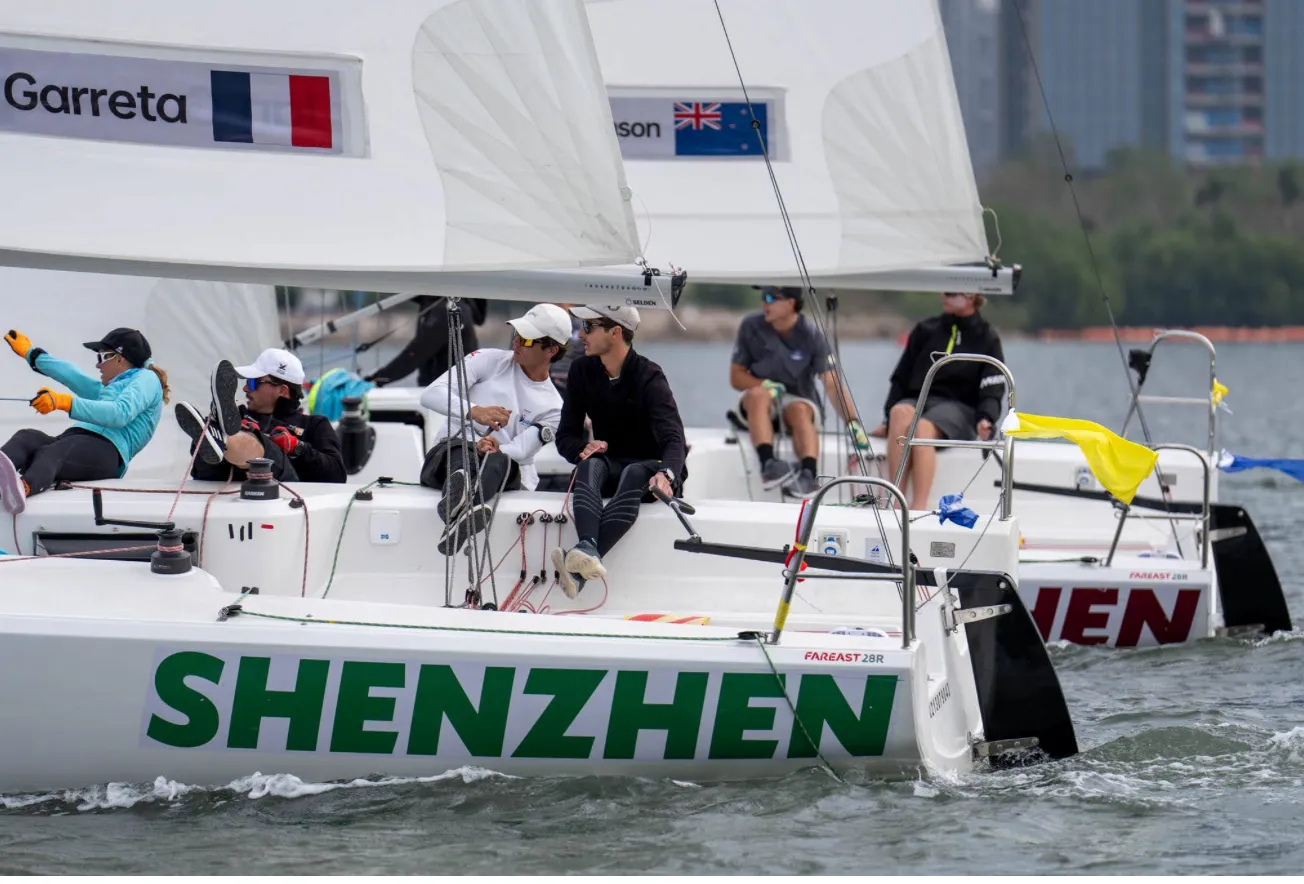Regatta routines of elite sailors
What does a regatta day look like for a world-class sailor? From physio and weather briefings to race prep and recovery, Dan Self from The Layline coaching website breaks down the daily routine that helps top sailors perform at their peak—on and off the water.
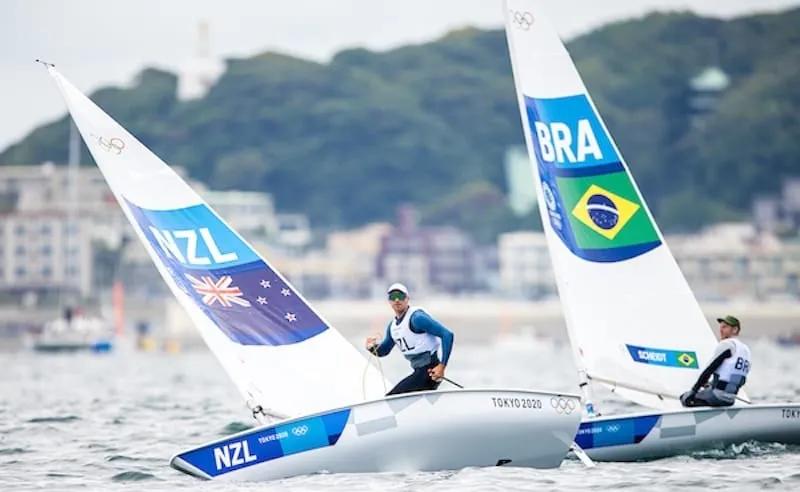
Latest

Britain's Williams prevails to claim place in 2025 WMRT Final
Defending match racing world champion Ian Williams of Great Britain has advanced to the final of the World Match Racing Tour in Shenzhen, overcoming former world champion New Zealand’s Nick Egnot-Johnson/ Knots Racing in a light-wind semi-final match
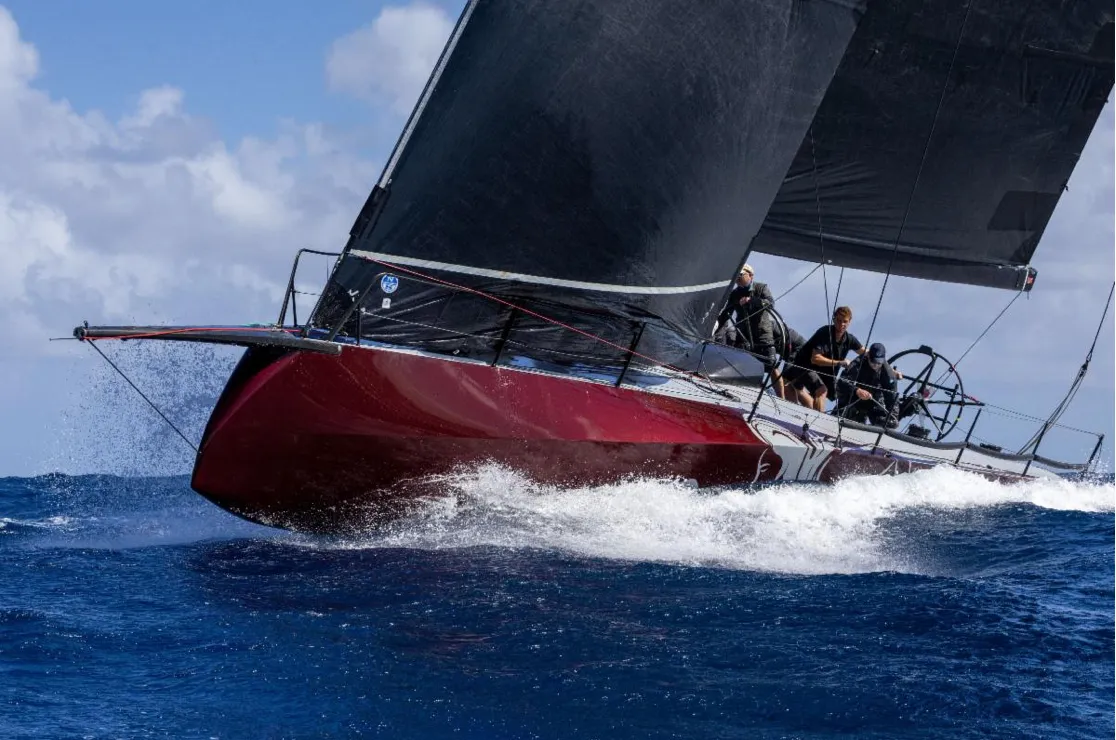
Racing Roundup #023
Our weekly curated digest of the latest news and stories from across the yacht racing world.
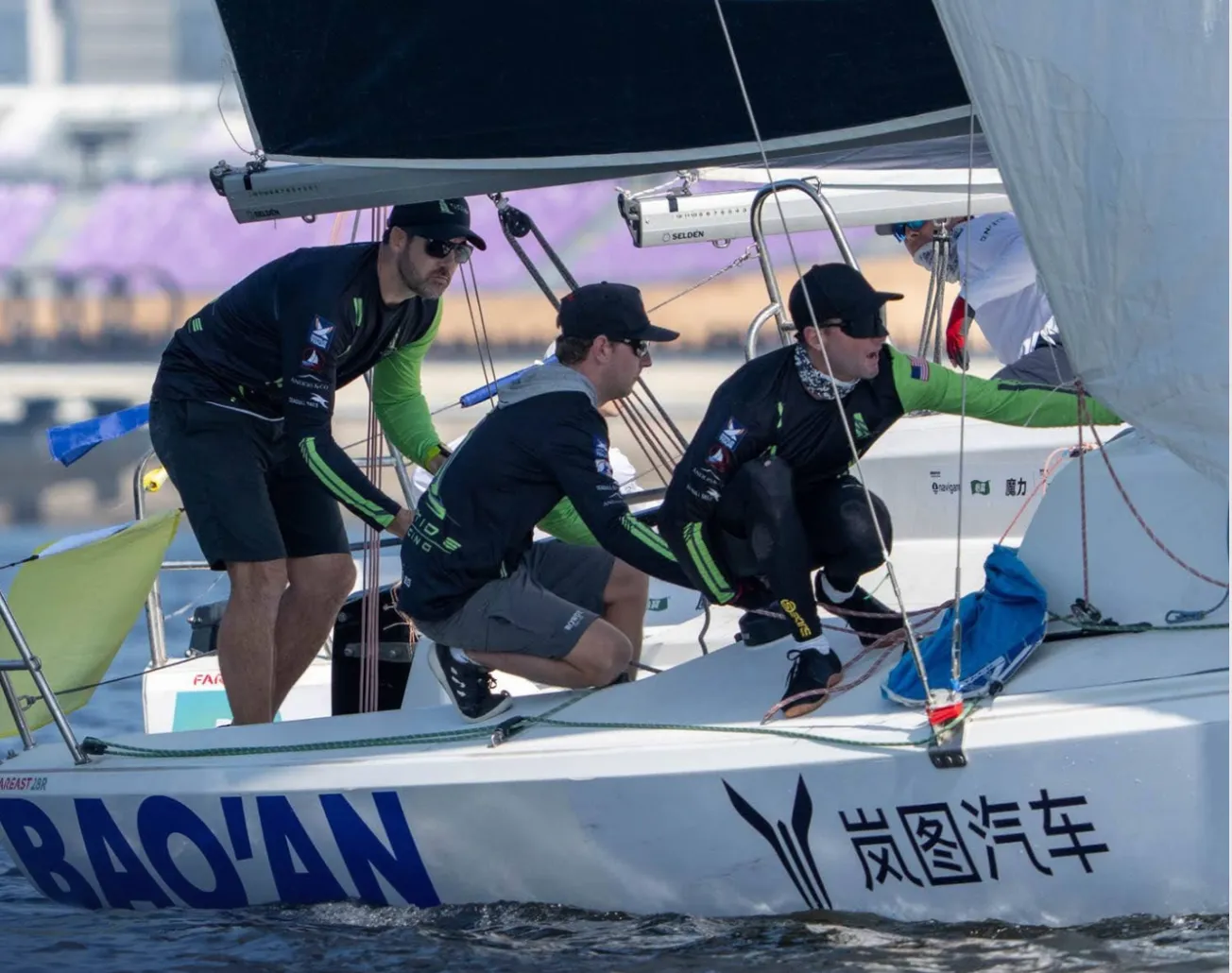
2025 World Match Racing Tour Final: Champions collide as semi final teams are confirmed
Day 4 at the WMRT Final Shenzhen Baoan for the 2025 Match Racing World Championship saw the final four skippers emerge from a challenging and hard fought quarterfinals in light and unpredictable airs.

Alfa Romeo unveils the limited edtion 'Giulia Quadrifoglio Luna Rossa'
The new limited series inspired by the Italian America’s Cup AC75 makes its world premiere at the 2026 Brussels Motor Show


